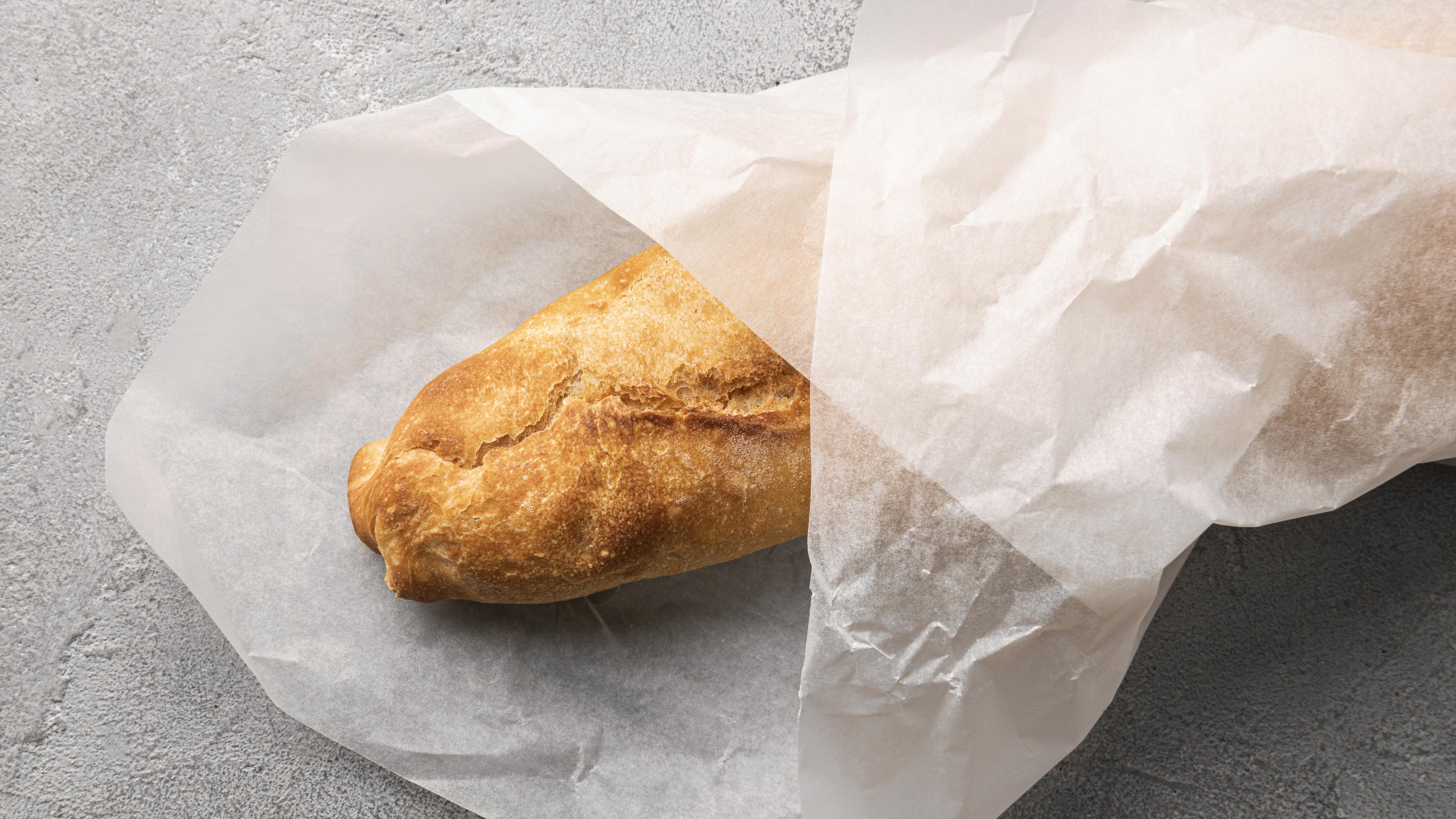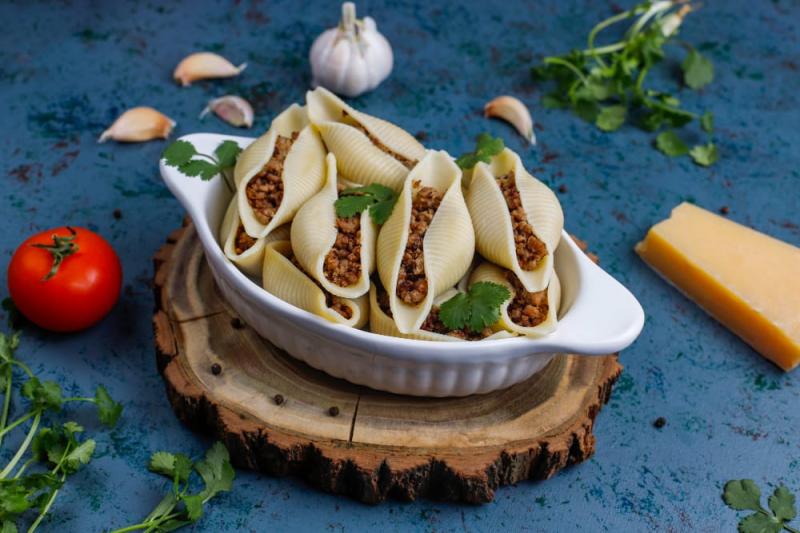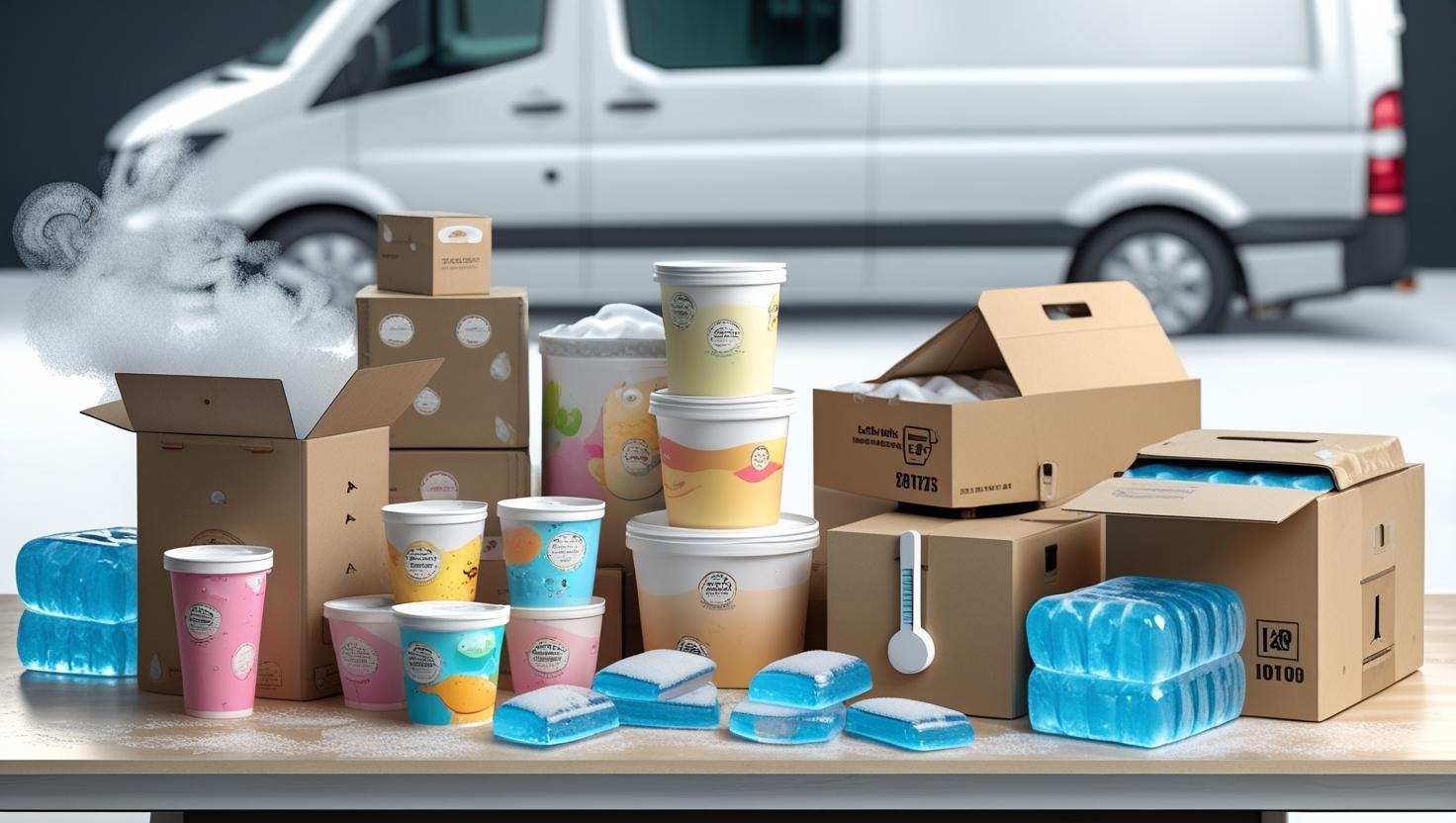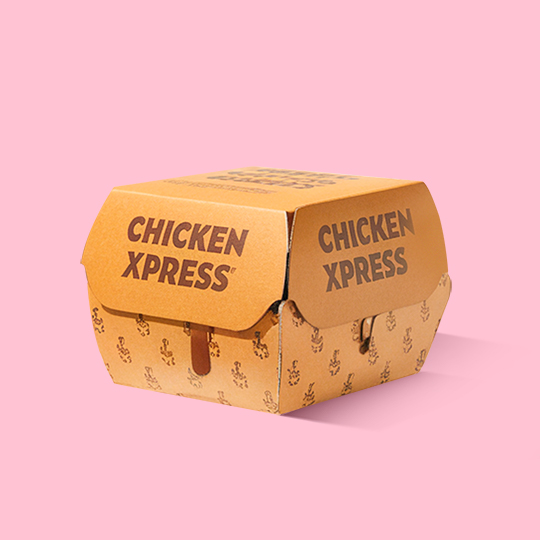Butter Paper Sheet for Street Food Vendors – Safe, Smart & Stylish

Strong 8k brings an ultra-HD IPTV experience to your living room and your pocket.
Street food in India is more than just food—it's culture, livelihood, and flavor on-the-go. Whether it’s piping hot samosas, greasy vadas, or sweet jalebis, presentation and hygiene matter more than ever in today’s consumer-conscious market. For vendors striving to maintain both appeal and sanitation, the butter paper sheet is proving to be a safe, smart, and stylish packaging solution.
In this blog, we’ll explore why butter paper sheets are becoming essential for street food vendors, their benefits, and how they balance safety, sustainability, and convenience.
What is a Butter Paper Sheet?
A butter paper sheet is a type of food-grade, semi-transparent paper coated to provide grease and moisture resistance. It is often confused with parchment paper, but while both serve similar purposes, butter paper is mainly used for wrapping, lining, and storing food items rather than direct baking.
Street vendors are increasingly adopting butter paper sheets because they offer a clean, professional way to serve snacks without compromising on hygiene or presentation.
Why Street Food Vendors Are Switching to Butter Paper Sheets
1. Food Safety and Hygiene
With rising awareness about food-borne illnesses, consumers today expect a basic level of cleanliness—no matter how informal the food outlet. Butter paper sheets act as a barrier between the food and external contaminants such as dust, pollutants, or even direct human touch.
When serving oily or fried foods, using a butter paper sheet minimizes direct hand contact while still keeping the food visible and appealing.
2. Oil & Grease Resistance
One of the main reasons vendors choose a butter paper sheet is its ability to resist oil and grease. Whether it’s a pav bhaji roll or a pakoda parcel, the sheet doesn’t soak through, maintaining the structural integrity of the wrapping and reducing mess.
Customers appreciate receiving food that’s neatly wrapped, without greasy stains seeping through the bag or container.
3. Eco-Friendly Alternative to Plastic
Many Indian states have either banned or heavily restricted single-use plastic. This puts pressure on vendors to find sustainable alternatives that comply with regulations. A butter paper sheet is biodegradable and safe for the environment, making it a reliable substitute for plastic wraps or cling film.
It also supports the growing trend toward plastic-free packaging, earning the vendor an image of responsibility and environmental consciousness.
4. Professional & Stylish Presentation
Consumers eat with their eyes first. Presentation counts, even at a roadside food stall. Wrapping food in clean white or branded butter paper sheets instantly elevates its appeal. Vendors can even get customized sheets with their logos or printed designs to build a strong brand identity.
A neatly wrapped sandwich or dosa served in butter paper adds an element of professionalism without additional cost.
5. Ease of Use and Versatility
Butter paper sheets are lightweight, easy to store, and available in various sizes. Street vendors can cut or fold them as needed to wrap a wide variety of food items—rolls, samosas, fries, chaat, and more. Unlike plastic or foil, these sheets are also easier to dispose of responsibly.
How Vendors Are Using Butter Paper Sheets on the Ground
From Bangalore’s food trucks to Hyderabad’s tiffin centers, butter paper sheets are gaining traction:
- Roll counters use them to wrap kathi rolls and frankies.
- Chaat vendors serve dahi puri or aloo tikki on a paper-lined tray for easy handling.
- Sweet shops wrap ladoos and burfis in butter paper sheets to prevent sticking and melting.
- Dosa stalls wrap hot dosas in double-layered butter paper for takeaways.
The result? Cleaner, better-packaged food that travels well and keeps customers satisfied.
Things to Look for When Choosing Butter Paper Sheets
If you're a vendor considering the switch, here are a few things to check:
- Food-grade certification: Make sure the paper is safe for direct contact with edibles.
- Oil resistance: Test how well it holds up with greasy food.
- Size options: Choose sheet sizes that match your most common food items.
- Custom printing: If you're building a brand, opt for sheets that can be printed with your logo.
- Bulk availability: Look for wholesalers who can supply consistent quality in large volumes.
Final Thoughts
The humble butter paper sheet has proven itself as a practical solution for street food vendors aiming to maintain hygiene, follow plastic-ban regulations, and improve customer experience. It strikes a balance between affordability and sustainability while offering smart presentation options.
For food vendors, it’s not just about wrapping food—it’s about wrapping it right. Switching to butter paper sheets isn’t just a packaging choice; it’s a step toward more responsible and modern street food vending.
Note: IndiBlogHub features both user-submitted and editorial content. We do not verify third-party contributions. Read our Disclaimer and Privacy Policyfor details.







